A 1 meter 3d model of the submarines can be found in the article.
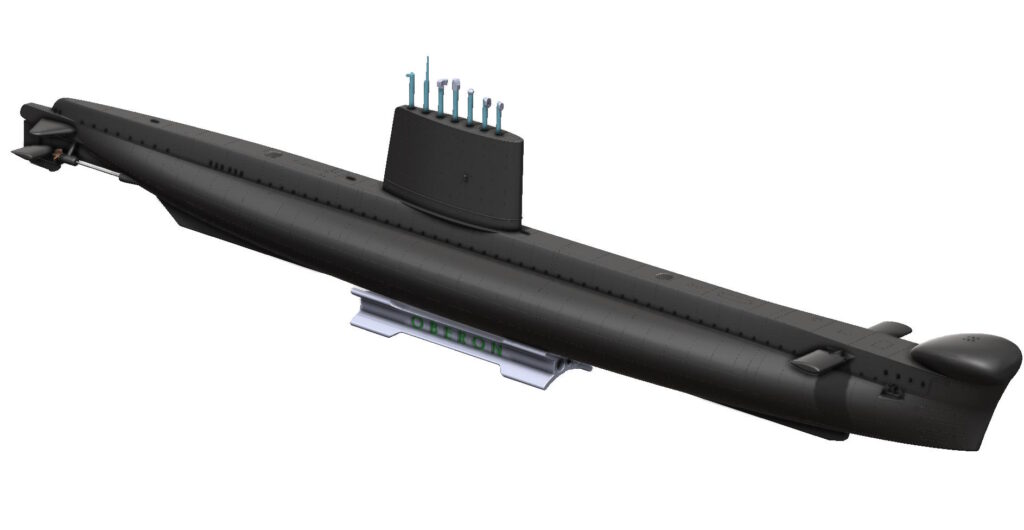
Submarines have played a crucial role in naval warfare and strategic defense, with each class bringing its unique set of capabilities to the maritime domain. Among the notable submarine classes that have left a lasting legacy is the Oberon class. Developed during the Cold War era, Oberon class submarines were a significant part of the naval fleets of various nations, providing stealth, versatility, and reliability beneath the ocean’s surface.
Origins and Development:
The Oberon class submarines trace their origins back to the post-World War II period when the need for advanced submarine technology became apparent. The United Kingdom’s Royal Navy initiated the development of the Oberon class in the early 1950s, building on the success of their predecessor, the Porpoise class. The first Oberon-class submarine, HMS Oberon, was launched in 1959.
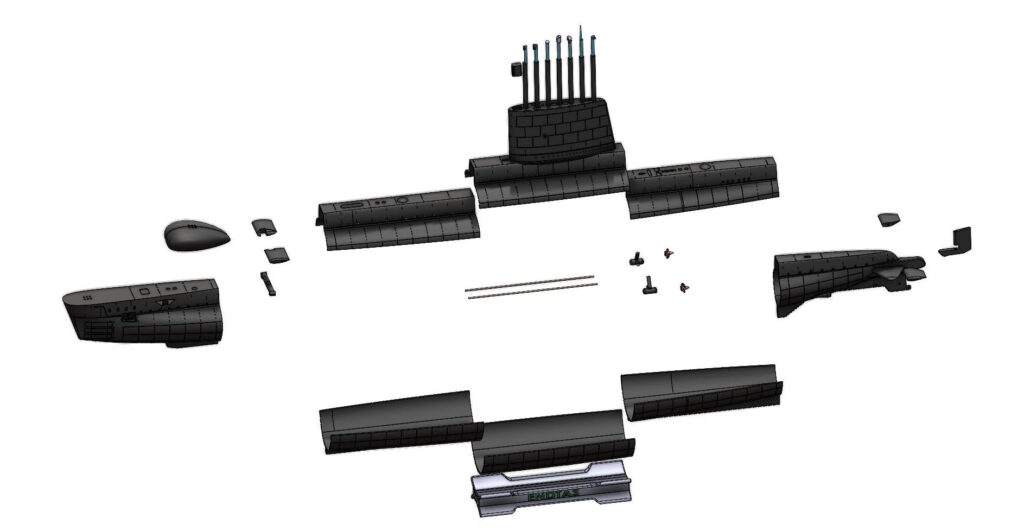
Continue reading for more info, renderings and the free 3d model. Paid model is right here.
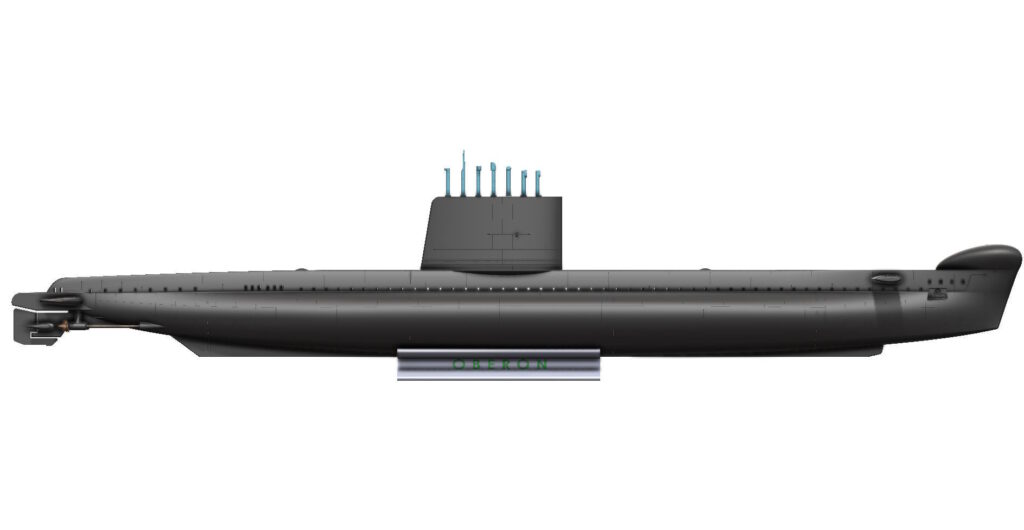
Design and Specifications:
The Oberon class submarines were designed to be diesel-electric vessels, showcasing a balance between surface cruising on diesel power and submerged operations using electric propulsion. With a length of approximately 295 feet and a submerged displacement of around 2,030 tons, these submarines were equipped with a streamlined hull, ensuring efficient underwater navigation.
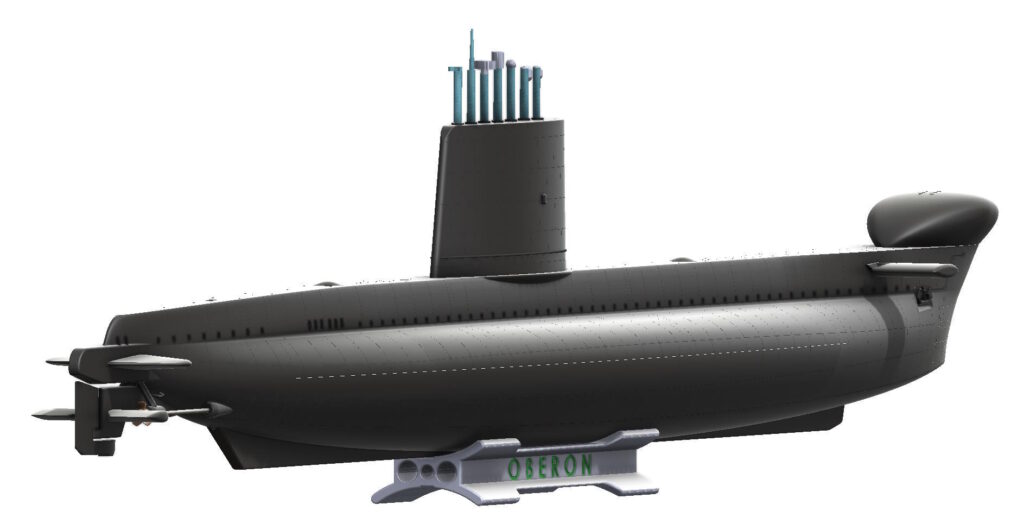
One of the key features of the Oberon class was its ability to remain submerged for extended periods, thanks to advanced battery technology. The submarines could reach speeds of up to 12 knots surfaced and 17 knots submerged, allowing for both stealthy reconnaissance missions and swift responses to emerging threats.
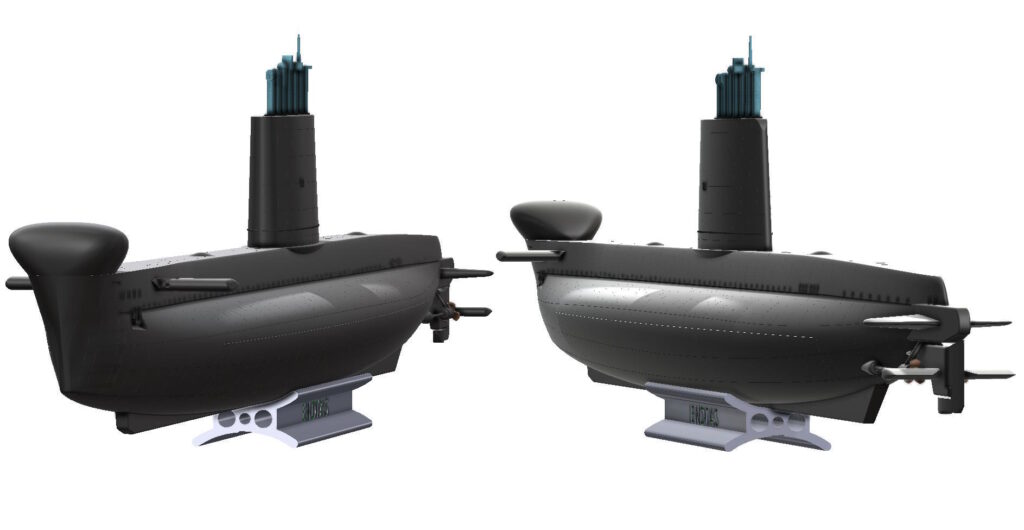
Armament and Capabilities:
Armed with a variety of torpedoes, mines, and anti-ship missiles, the Oberon class submarines were designed for anti-submarine warfare, intelligence gathering, and patrol missions. The submarines were equipped with six 21-inch torpedo tubes, enabling them to launch a variety of torpedoes, including the potent Mark 8 and Tigerfish torpedoes.
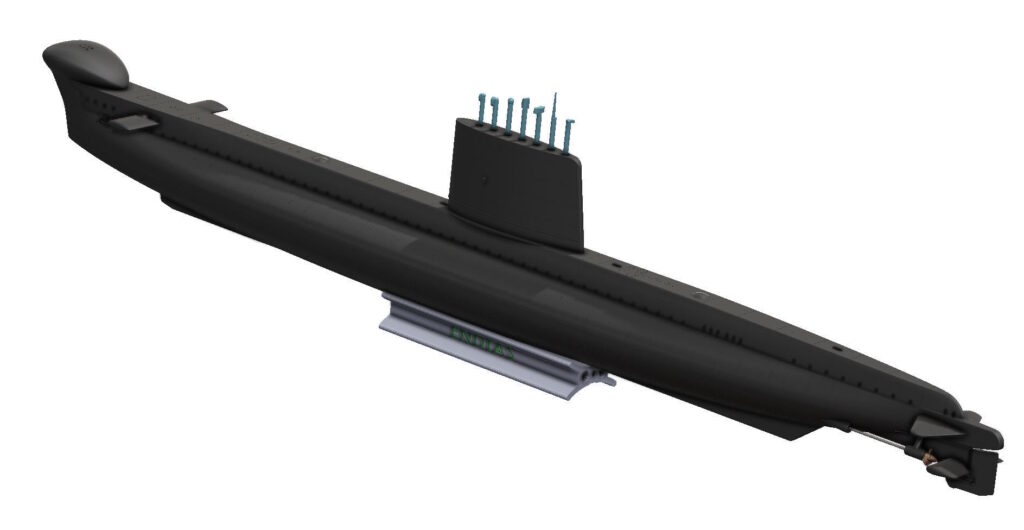
The Oberon class submarines also played a crucial role in the intelligence-gathering efforts of their respective navies. Their ability to operate quietly beneath the waves made them well-suited for covert surveillance and reconnaissance missions during the Cold War.
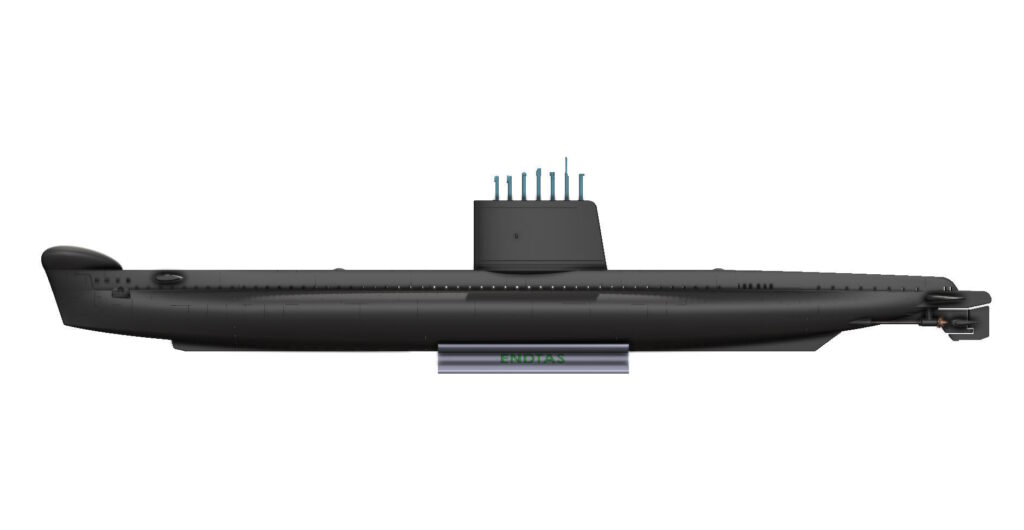
Operational Service:
Oberon class submarines served in the navies of several nations, including the United Kingdom, Australia, Canada, and Brazil. The Royal Navy operated a significant number of Oberon-class submarines, using them as part of its Cold War defense strategy. Australia and Canada, among other nations, also benefited from the capabilities of these submarines, which played a vital role in their naval operations.

Legacy and Successors:
The Oberon class submarines left an indelible mark on submarine warfare, earning a reputation for their reliability and adaptability. As technology advanced, the Oberon class eventually gave way to more modern submarine designs. However, their legacy lives on in the lessons learned from their decades of service and the advancements they brought to underwater warfare.
The lump on the nose of the Oberon-class submarine is the bow sonar dome. It is a protruding structure on the submarine’s hull that houses the sonar transducer, which is a device used for underwater acoustic sensing. The sonar system helps the submarine detect and locate other vessels, underwater obstacles, and the seabed. The shape and design of the sonar dome are crucial for optimal sonar performance.
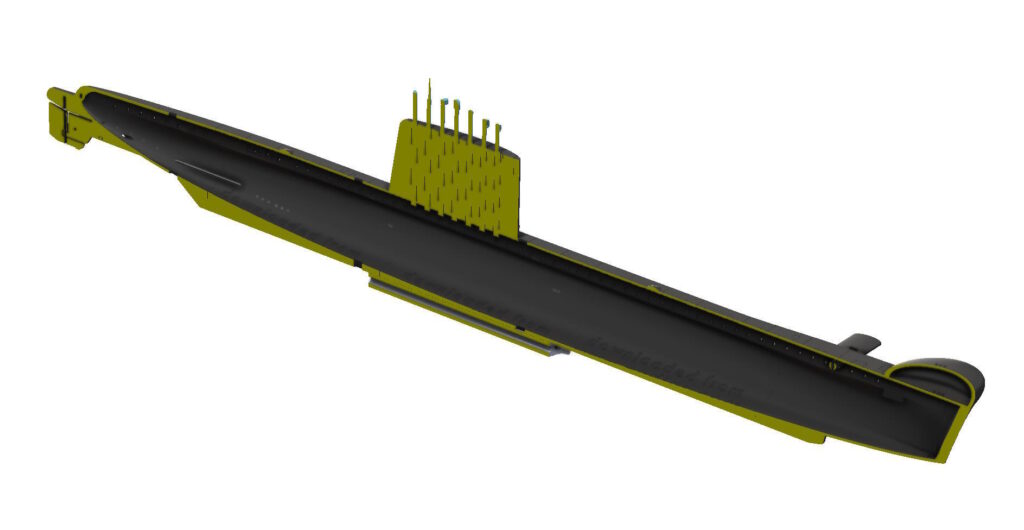
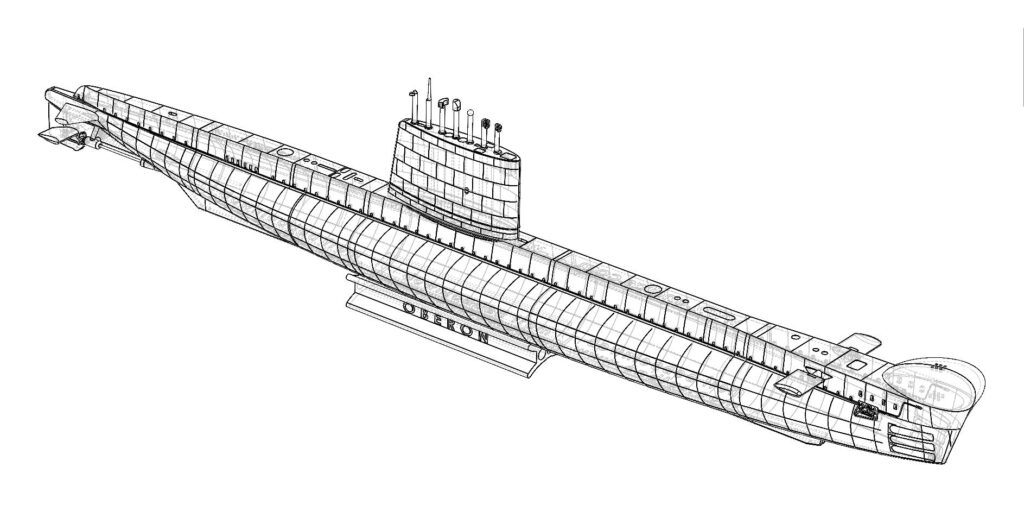
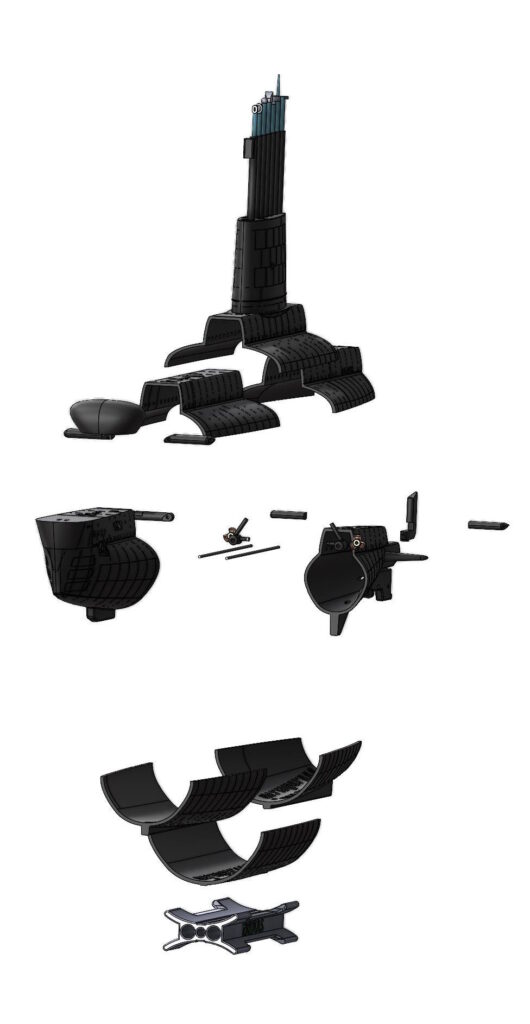
The Oberon class submarines represent a significant chapter in the history of naval technology and submarine warfare. Their development and deployment during the Cold War era showcased the importance of stealth, endurance, and versatility in underwater operations. While the Oberon class may no longer be active in many navies, its impact on submarine design and strategy endures, influencing the development of subsequent generations of submarines.
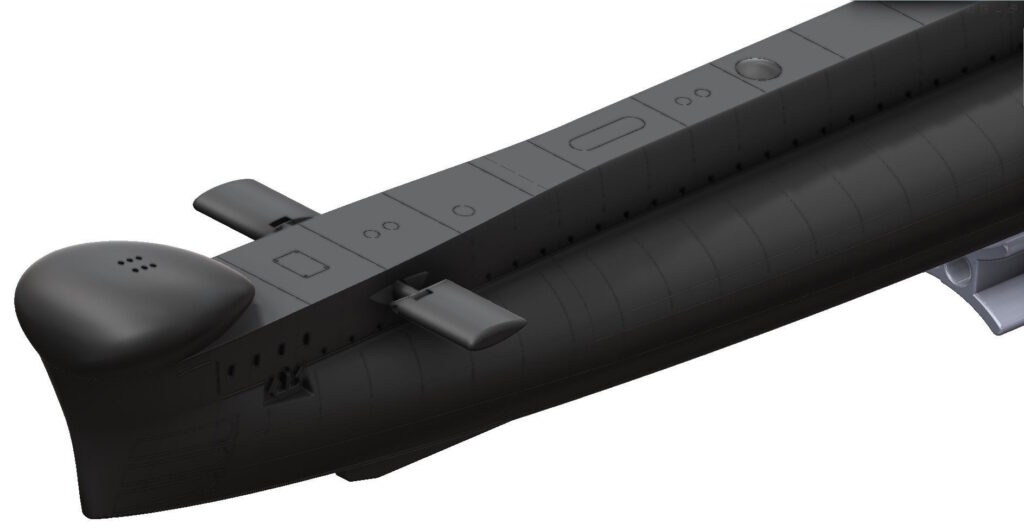
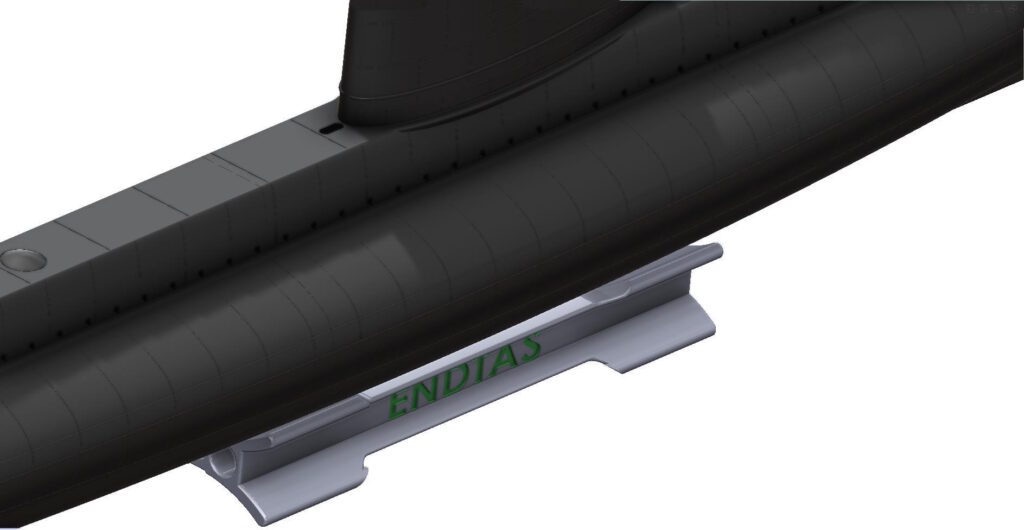
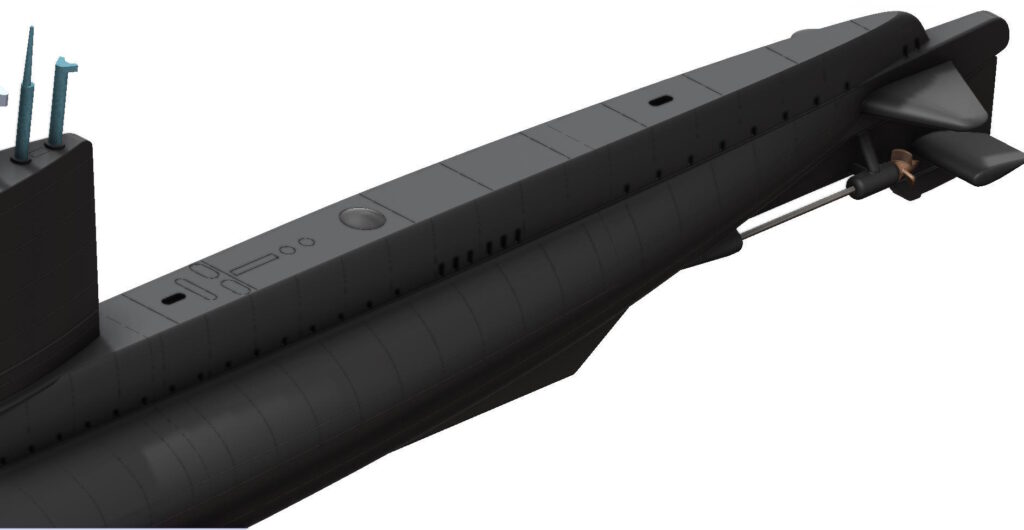
Porpoise class nose dome is also included in the same pack. You can build an Oberon or Porpoise class with or without sonar domes by using the files.
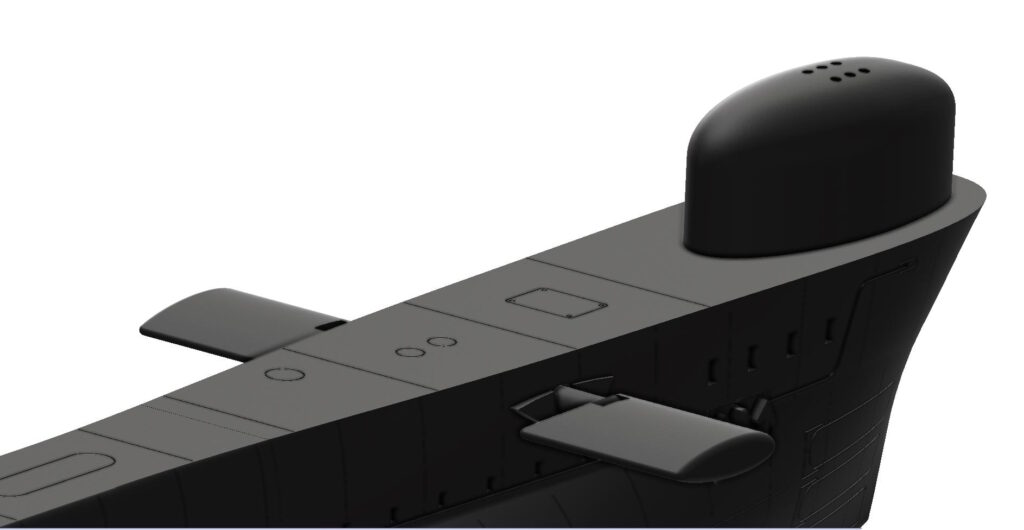
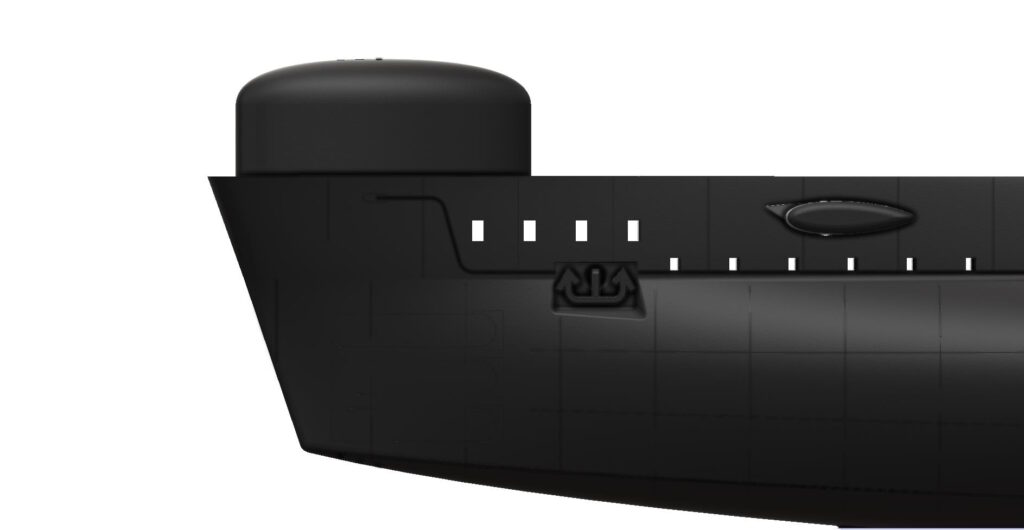
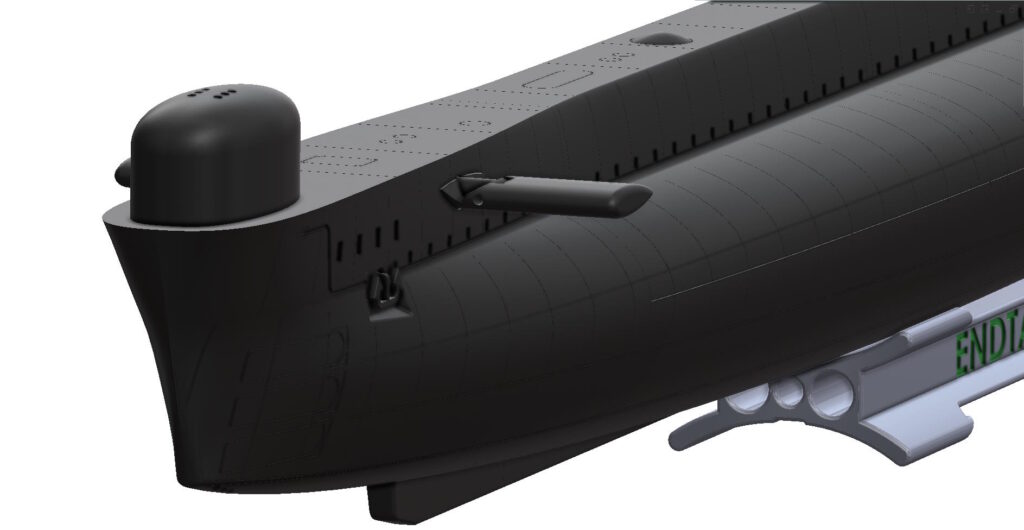
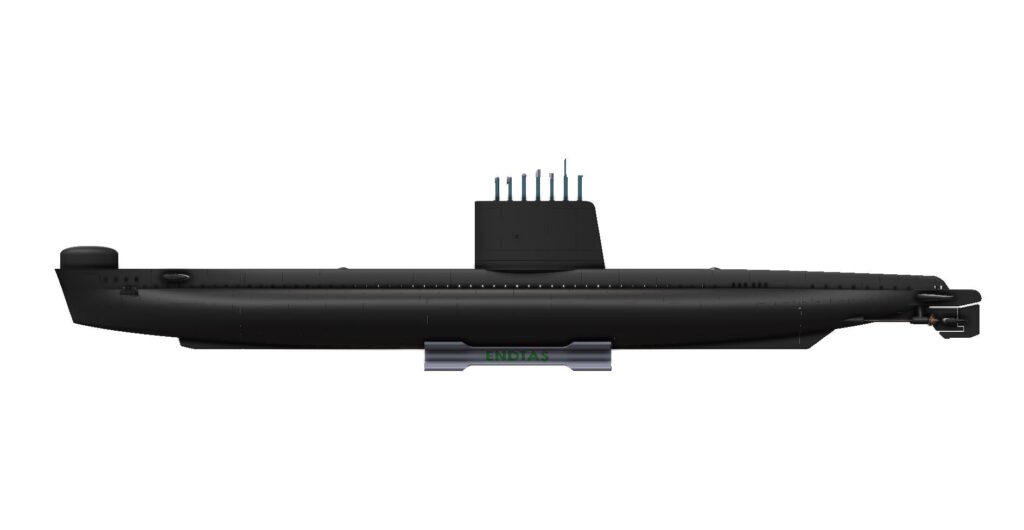
Here is the free STL, enjoy and share this website on your social media.
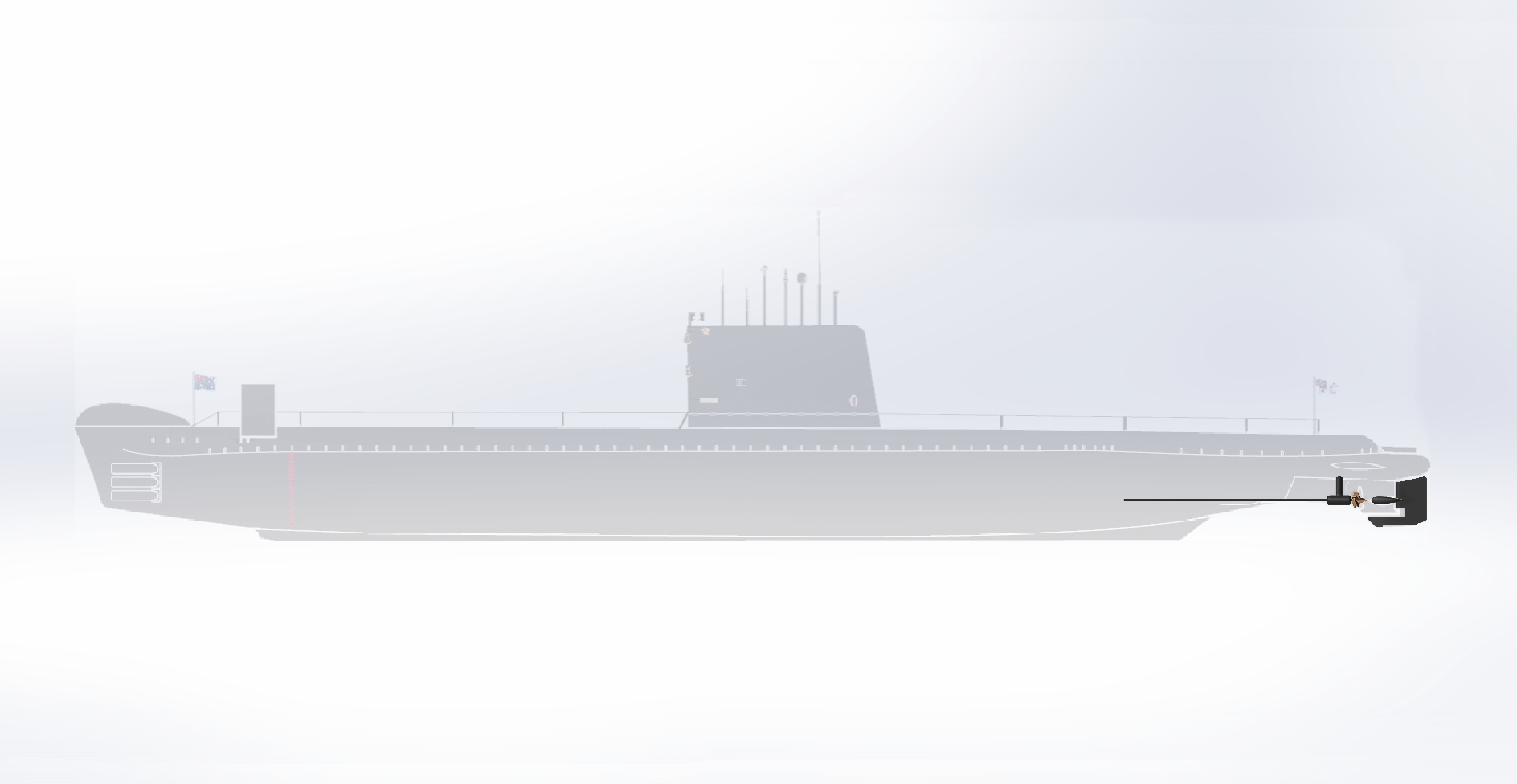
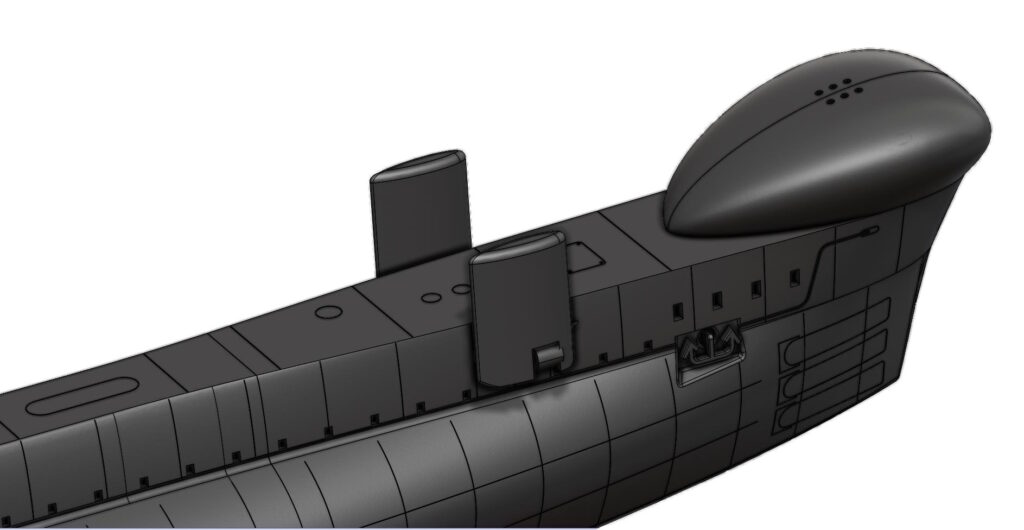







 Users Today : 106
Users Today : 106 Users Yesterday : 161
Users Yesterday : 161 Users Last 7 days : 1438
Users Last 7 days : 1438 Views Today : 178
Views Today : 178 Views Yesterday : 261
Views Yesterday : 261 Views Last 7 days : 2465
Views Last 7 days : 2465 Total views : 1327502
Total views : 1327502 Who's Online : 0
Who's Online : 0